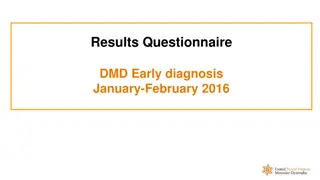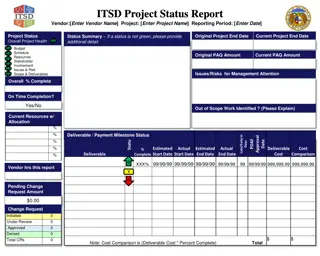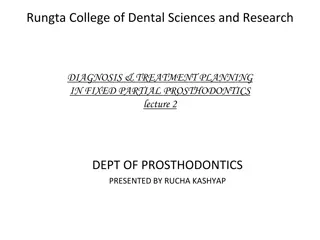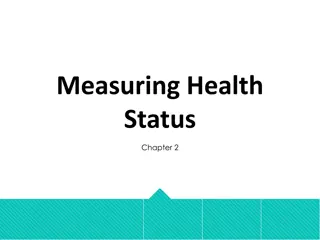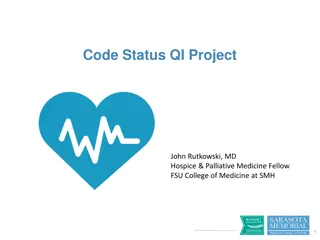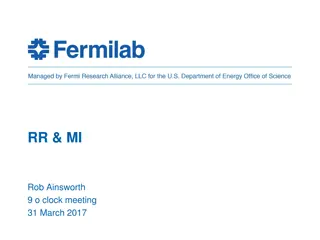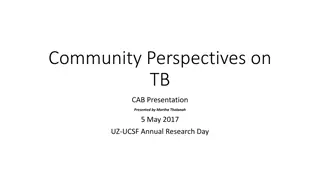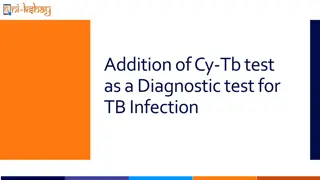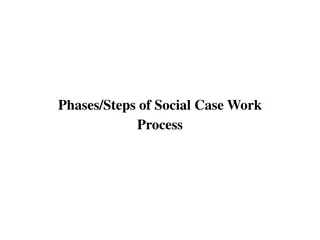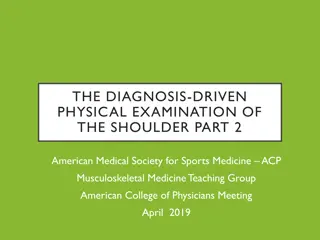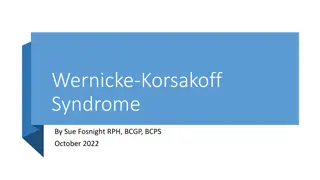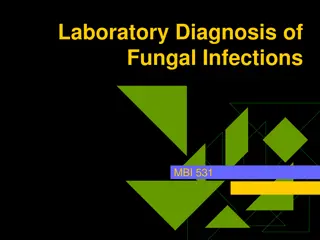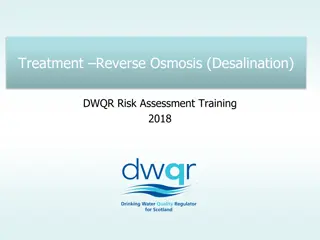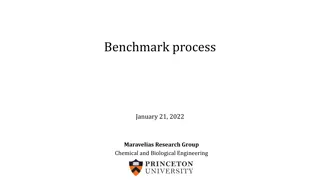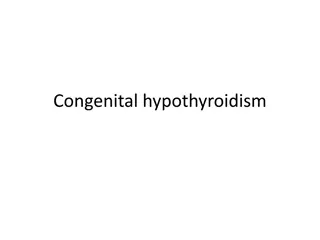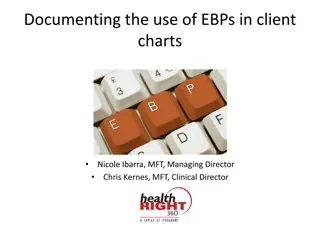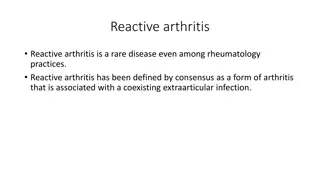Understanding Status Asthmaticus: Diagnosis and Treatment Considerations
Status Asthmaticus is a severe asthma exacerbation that requires immediate medical attention. Recognizing the symptoms, associated diagnoses, and appropriate treatment plans, such as continuous albuterol and IV corticosteroids, is crucial. Failure to respond to standard at-home treatments like albuterol, along with signs like respiratory distress and wheezing, indicates the need for escalated interventions like IV magnesium sulfate. This condition can be life-threatening if not managed promptly and effectively.
Download Presentation

Please find below an Image/Link to download the presentation.
The content on the website is provided AS IS for your information and personal use only. It may not be sold, licensed, or shared on other websites without obtaining consent from the author. Download presentation by click this link. If you encounter any issues during the download, it is possible that the publisher has removed the file from their server.
E N D
Presentation Transcript
Status Asthmaticus Brain Edema/Compression Daxa Clarke, MD Phoenix Children s Hospital Pediatric Resource Group
Asthma Facts 5.5 million (7.5%) children in the US have asthma More than 50% of these children have at least one exacerbation in the prior 12 months CDC.gov
Baseline Severity of Asthma Severity Symptoms Mild Intermittent Daytime sxs <= 2 days/week Night awakening <=2 times/month Normal FEV1 Exacerbation <=1/year Mild Persistent Daytime sxs >2 and <7 days/week Night awakening 3-4 times/month Minor interference with activity Normal FEV1 Exacerbation >= 2/year Mod Persistent Daily sxs Night awakening >1/week Daily use of short-acting beta agonist (SABA) Some activity restriction FEV1 60-80% predicted Exacerbation >=2/year Severe Symptoms all day Nightly awakening Use of SABA mult times per day Extreme limitation in activity FEV1 <60% predicted Exacerbation >=2 /year National Asthma Education and Prevention Program: Expert Panel Report 3 (NAEPP-EPR 3; 2007)
Exacerbation vs. Status Asthmaticus Exacerbation Status Worsening of symptoms followed by improvement with treatment Worsening of symptoms with minimal improvement with treatment Requires continued escalation of treatment Requires continuation of treatment
Consider the diagnosis Status Asthmaticus when Symptoms/ History Associated Diagnoses PE Findings Plan Tachypnea Respiratory Distress Continuous Albuterol Reactive Airway Disease Retractions Failed treatment with albuterol at home Wheezing Associated Respiratory Illness (WARI) IV Corticosteroid Head bobbing Hx asthma or reactive airway disease IV Magnesium Sulfate Nasal Flaring Asthma: Mild Int, Mild Perst, Mod, Severe Hx prematurity/BPD Wheezing PICU Admission FHx asthma Tri-podding Acute Exacerbation Terbutaline Recent illness Hypoxia Positive Pressure Ventilation Respiratory Failure Hx Allergies/Eczema AMS
Etiology Edema Compression Vascular Vasogenic Hemorrhage Related to breakdown of BBB Infectious Cytotoxic Abscess Metabolic Neoplastic Osmotic Water Trauma Hydrostatic Other Water and electrolytes Hydrocephalus
Consider the diagnosis Brain Edema when CT/MRI Findings* Associated Diagnoses Symptoms Plan Head Trauma Confused Mannitol Brain swelling High Altitude Disoriented Decadron Malignant Hypertension Effacement Anoxia Controlled hyperventilation Headache Brain Tumor with localized edema Herniation Brain Infarct/injury with localized edema Poor coordination Controlled hypothermia DKA Swollen gyri Decompressive craniotomy Meningitis Lethargic Hyponatremia/ Hypernatremia Poor differentiation of gray and white matter Vomiting 3% Sodium Solution Status Epilepticus *Radiographic imaging not required.
Consider the diagnosis Brain Compression when CT/MRI Findings* Symptoms Diagnosis Plan Elevated Head of Bed Confused Mass effect Hydrocephalus Shunt Placement Disoriented Mid-line shift VP shunt malfunction Shunt Revision Headache Increase ventricle size Decompression Poor coordination Brain EVD placement tumor/neoplasm Effacement Lethargic Tumor Resection Intracranial hemorrhage (ICH) Herniation Vomiting Evacuation of ICH *Radiographic imaging not required.
Contrasting BE and BC Edema Compression Symptoms: HA, vomiting, confusion, lethargy Symptoms: HA, vomiting, confusion, lethargy Something causing brain to swell: trauma, meningitis, electrolyte shifts, water shifts Something causing pressure in areas of the brain: tumor, bleeding, large ventricles, abscess Radiology: swollen gyri, effacement Radiology: midline shift, mass effect Medical and surgical management Medical management
Contact Daxa Clarke, MD @daxaclarke dclarke@phoenixchildrens.com Phoenixchildrens.com PediatricRG.com Pediatric Resource Group




